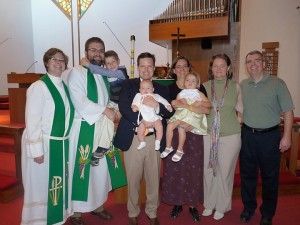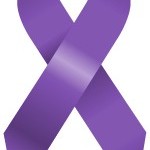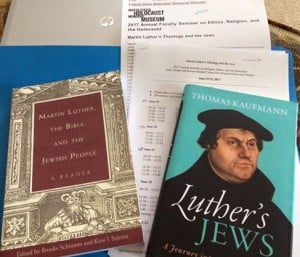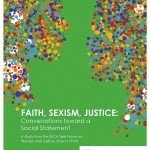 Today is the third anniversary of Owen’s baptism. In the two previous years, I have written about it in these ways:
Today is the third anniversary of Owen’s baptism. In the two previous years, I have written about it in these ways:
In 2011:
On 10/10/10, he was the fifth child with whom my husband and I stood, alongside his parents, and made promises: To care for him, to teach and instruct him, and to love him. The first time we were present for another godson’s baptism, it was eighteen years ago, as the presiding minister prayed for “the spirit of wisdom and understanding” and “the spirit of joy in your presence.” [LBW, p.124]. Then, as now, the future was full of hope. … Baptism is a recognition of gifts already given and promises for a life that is yet to unfold.
This is why I love the small scene in Marilynne Robinson’s 2004 book Gilead that begins “Once, we baptized a litter of cats.” Eventually, the narrator asks his father what would happen to a cat if one were to baptize it. His father responds by saying that one ought to respect the sacraments, and the narrator concludes “We did respect the Sacraments, but we thought the whole world of those cats.” [p.24-25]
In 2012:
This year, my thoughts about kids and baptism and the future is framed by an election and a focus on reproductive justice. Over the past year I’ve been engaged in work to remind people that women and children and families are much more likely to thrive when a woman is able to plan her pregnancies. When a woman is trusted to make decisions about what is best for her family with her partner and her chosen medical and spiritual advisors. When a government ensures that all women, no matter their economic resources, have access to basic health care because prenatal care is a strong predictor of maternal and infant health.
This is why, for example, the World Health Organization states:
Reproductive health, therefore, implies that people are able to have a responsible, satisfying and safe sex life and that they have the capability to reproduce and the freedom to decide if, when and how often to do so.
Implicit in this are the right of men and women to be informed of and to have access to safe, effective, affordable and acceptable methods of fertility regulation of their choice, and the right of access to appropriate health care services that will enable women to go safely through pregnancy and childbirth and provide couples with the best chance of having a healthy infant.
What better way to help make children’s’ lives more just and more joyful than to create an environment in which they are welcomed, supported, loved, and chosen. This is something that we can do, and it is something we must do.
 This year, I’m thinking about the Time Magazine August 12, 2013, cover story on “The Childfree Life.” It attempted to spur a new round of debate between those in our culture who are parents and those who are not. In some ways it was trying to positively reinforce those of us who are not parents, as well as untangle some of the reasons behind this growing reality.
This year, I’m thinking about the Time Magazine August 12, 2013, cover story on “The Childfree Life.” It attempted to spur a new round of debate between those in our culture who are parents and those who are not. In some ways it was trying to positively reinforce those of us who are not parents, as well as untangle some of the reasons behind this growing reality.
The word “childfree” is increasingly used by those who want to counter the often lamentful sounding word “childless,” which presumes that a person has less of a life without children. I appreciate this shift, but I think that this name too sort of misses something.
My life is in many ways full of children. Seven nephews, one niece, five godsons, my cousins’ kids grinning on Facebook, children of friends and colleagues chattering in the office hallway after school and daycare end for the day. Babies who have slept on my chest while mom gets her rest upstairs, toddlers who clumsily braid my hair while her parents and I talk, kids who trap fireflies in glass jars we keep in the garage for that precise purpose. And, as the years go on, confirmations to lift up and graduations to celebrate.
The day that any of us think that our lives, neighborhoods, and communities are free of children, then we miss the opportunity to build a stronger future together.












